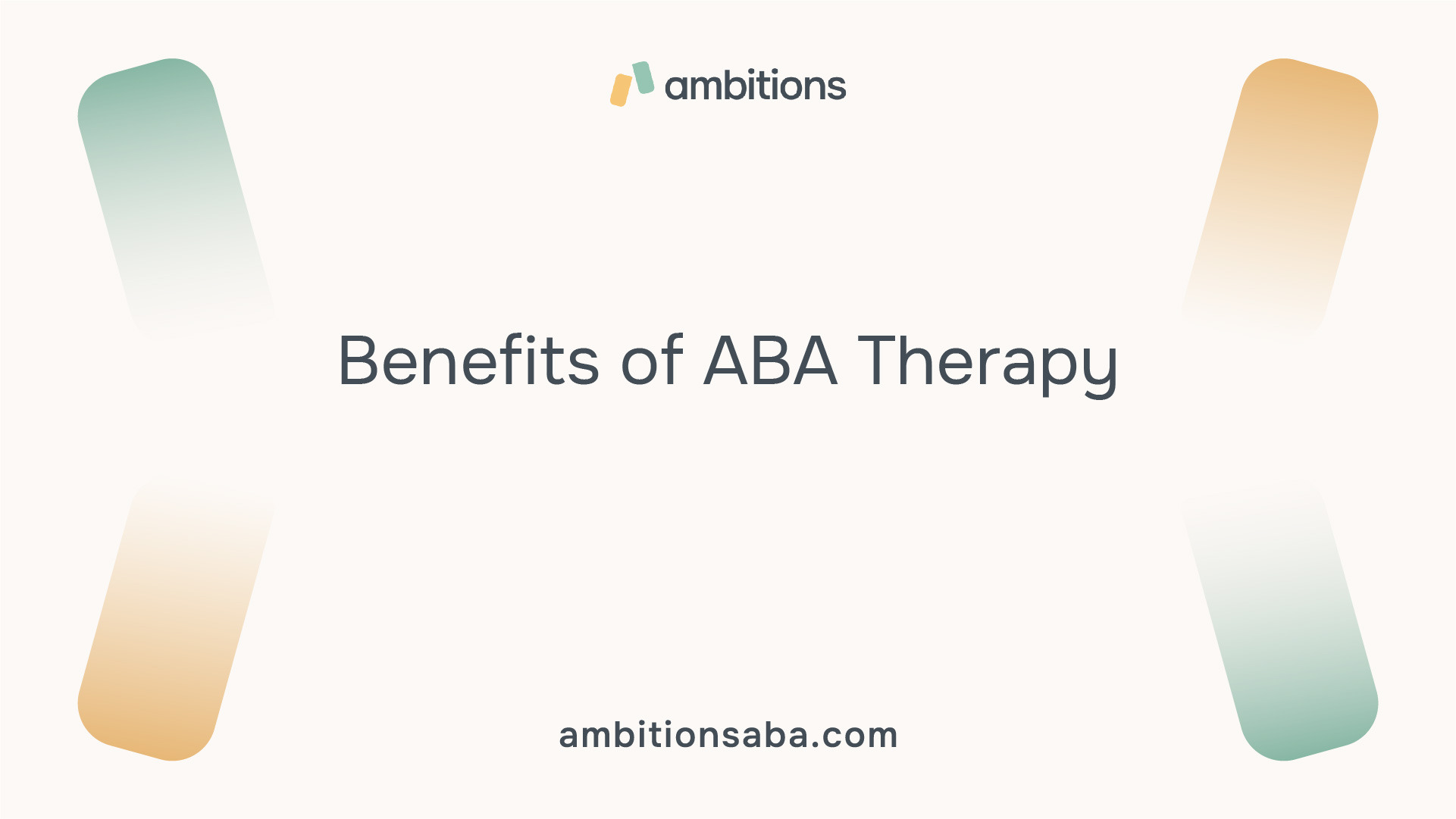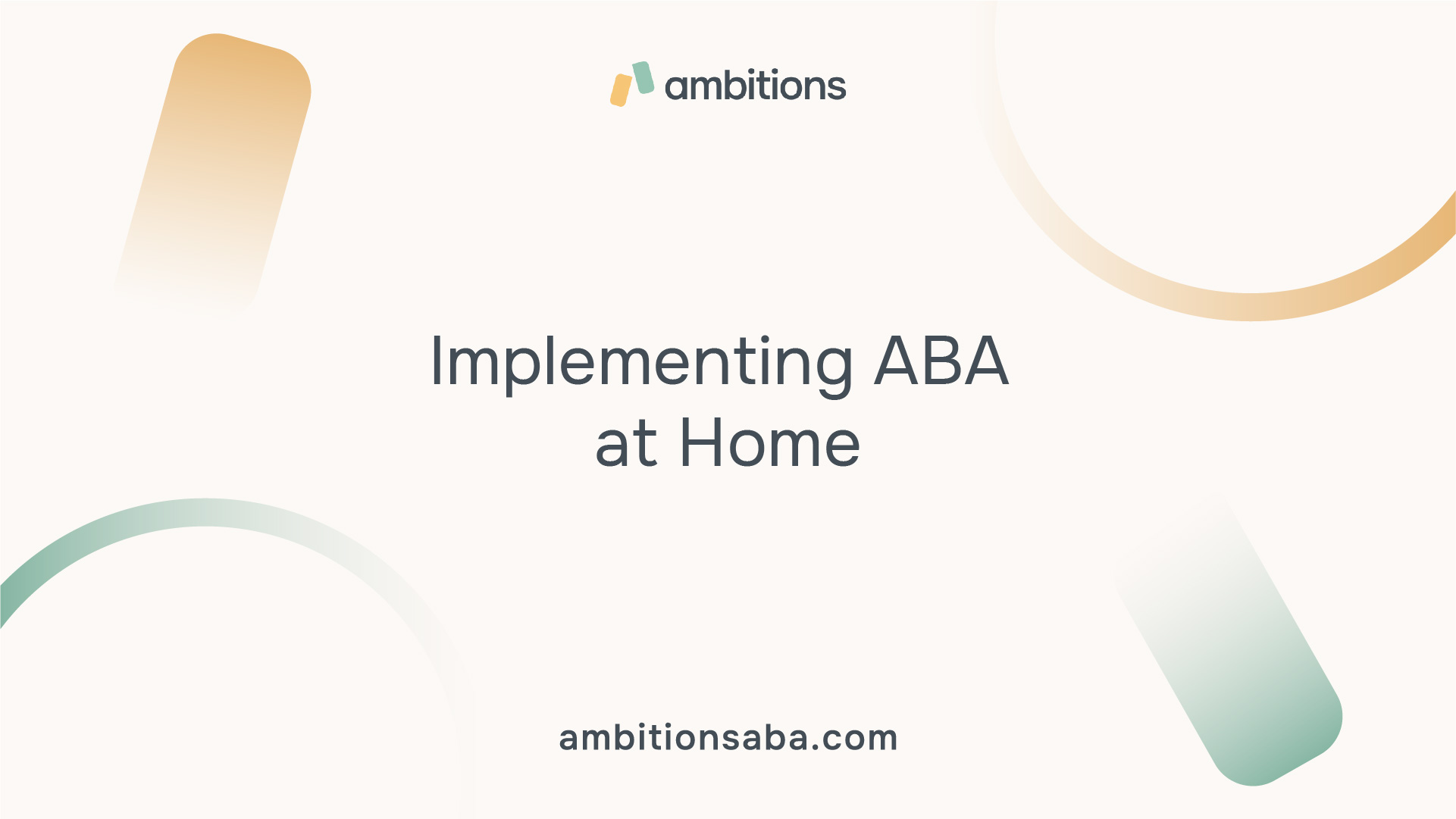In this article, we'll explore the evidence surrounding the relationship between deep-fried foods and autism.
ABA Therapy for Autism
Origins of ABA Therapy
Applied Behavior Analysis (ABA) therapy has been utilized to assist children with autism and related developmental disorders since the 1960s. The foundation of ABA therapy stems from principles of behavioral psychology that focus on teaching skills through observation and modified behavior. Over the years, various studies have supported the effectiveness of ABA methods, which are designed to enhance the learning outcomes for children diagnosed with autism. Given its history and structured approach, ABA has become a widely accepted intervention strategy for improving skill development in children with autism.
YearKey Development in ABA1960sABA therapy begins for autism treatment1973First applications of ABA principles to individuals with disabilities1980sEmergence of structured ABA programs and trainingPresentWidespread use and support from professionals and parents

Key Components of ABA Therapy
Key components of ABA therapy are essential for providing effective interventions tailored to individual needs. A qualified behavior analyst (BCBA) designs and customizes each ABA program based on the specific skills, needs, interests, preferences, and family situations of the learner [1]. Here are some critical elements involved:
Understanding these components equips parents with knowledge to better support their children in the process of ABA therapy, ultimately leading to enhanced outcomes for skill development in children with autism [2]. For an overview of how ABA can be offered in home settings, explore our article on aba therapy for developmental therapy centers and aba therapy for autism therapy centers.
Benefits of ABA Therapy
ABA therapy, or Applied Behavior Analysis, has proven beneficial for children diagnosed with autism. This approach fosters skill development and enhances daily living abilities, making it an essential part of intervention strategies for many families.

Improving Skill Development
ABA therapy effectively aids in enhancing various skills in children with autism. It focuses on teaching new behaviors through structured programs that promote positive learning. Skills training using ABA methods positively impacts children with ASD by improving their social and affective skills, reducing repetitive behaviors, and fostering socially acceptable actions. The ultimate goal is to enhance quality of life and improve social interactions.
Skill AreasImpact of ABA TherapyCommunicationImproved verbal and non-verbal skillsSocial SkillsIncreased interactions and improved relationshipsPlay SkillsEnhanced imagination and cooperative playSelf-regulationBetter management of emotions and behaviors
The use of positive reinforcement strategies, such as praise or tangible rewards, plays a significant role in motivating children to learn and master these skills. This technique encourages them to engage in appropriate behaviors, facilitating the development of life-enhancing abilities [4].
Enhancing Daily Living Skills
In addition to academic skills, ABA therapy is crucial for developing daily living skills. These skills are essential for children to become more independent and successfully navigate their everyday environment. ABA therapy helps children learn everything from personal hygiene habits to social norms in various settings.
Daily Living SkillsExamplesPersonal CareBrushing teeth, bathing, dressingHousehold TasksCleaning up, organizing personal itemsSocial EtiquetteGreeting others, taking turns, sharingCommunity SkillsParticipating in activities, following rules in public
ABA therapy also provides training and support for parents, creating a collaborative environment for learning. This dual-focus approach means that families are equipped with the tools and strategies needed to reinforce daily living skills within the home, school, and community settings, promoting overall well-being [5].
For parents seeking support in implementing ABA therapy, additional resources are available at aba therapy for autism therapy centers and aba therapy for developmental therapy centers.
Implementing ABA at Home
Incorporating Applied Behavior Analysis (ABA) therapy at home can lead to effective outcomes for children diagnosed with autism. This section will cover the key aspects of creating a suitable environment and the importance of caregiver involvement.

Creating a Home Therapy Space
Setting up a dedicated therapy space in the home is essential for the success of ABA therapy. This area should be free from distractions, allowing the child to focus during their sessions. A comfortable setup can significantly enhance the learning experience.
Key Features of a Home Therapy SpacePurposeChild-sized table and chairsEnhances comfort and focusLearning materials and toolsFacilitates structured activitiesQuiet environmentMinimizes distractions
By ensuring that children have a welcoming and organized space, parents can help maintain their focus during therapeutic activities. According to ABA at ATA, this familiar setting promotes comfort and encourages effective learning.
Involvement of Caregivers
Caregivers, including parents and siblings, play a crucial role in the effectiveness of home-based ABA therapy. Their active participation can make a significant difference in the child's progress. Caregivers are encouraged to engage in therapy sessions while maintaining their normal routines, making learning a natural part of daily life.
Research suggests that limited family engagement can impede progress; thus, families should be included in the treatment approach. By participating in sessions, caregivers can reinforce desired behaviors during everyday interactions. This approach allows learning techniques to be applied consistently, creating opportunities for practice in real-life situations.
Home-based ABA therapy offers numerous advantages, such as enhanced comfort and the ability to leverage familiar surroundings for effective learning. As parents and caregivers become actively involved, they contribute to a supportive environment that fosters the child's development and helps achieve the goals of ABA therapy and autism skill development.
Personalized ABA Programs
Personalized ABA programs are crucial for effectively supporting children diagnosed with autism. Each program is designed to meet the unique needs of the individual, facilitating skill development in a way that resonates with them.
Tailoring to Individual Needs
The foundation of an effective ABA program lies in customization. A qualified behavior analyst (BCBA) conducts an initial assessment of the learner's skills, preferences, and family situation [1]. This assessment guides the development of specific treatment goals that encourage independence and success.
AspectDescriptionSkillsFocused on the individual's strengths and areas for improvementInterestsIncorporating subjects the child enjoys to enhance engagementFamily SituationConsidering the family’s dynamics and resources to facilitate learning
A customized program not only helps address the child’s unique challenges but also engages their interests, making learning more enjoyable and effective. Programs evolve as the child develops, with regular evaluations to ensure they remain aligned with the child's growth.
Treatment Goals and Progress Monitoring
Setting clear treatment goals is vital for tracking progress in ABA therapy. These goals are written based on the child's age, ability level, and preferences. The goals promote skills essential for daily living, and they are adjusted over time based on the child’s progress.
A key feature of a strong ABA program is data collection, which allows therapists to monitor the child's performance during therapy sessions Empower Behavioral Health. This ongoing assessment aids in determining whether the established goals are being met or if adjustments are necessary.
Monitoring TechniquePurposeData CollectionTrack efficacy and progress towards treatment goalsRegular ReviewsAdjust goals to fit the evolving needs of the child
Ultimately, a tailored ABA program focuses on specific skills that foster independence and prepares children for success in the short-term and future. For additional resources about the scope of ABA therapy, visit our pages on ABA therapy for social health and ABA therapy for autism therapy centers.
Behavioral Techniques in ABA
ABA therapy utilizes various behavioral techniques, with a strong focus on positive reinforcement and operant conditioning principles. These strategies play a crucial role in helping children with autism develop essential skills.
Positive Reinforcement Strategies
Positive reinforcement is a fundamental aspect of ABA therapy. It involves providing valued rewards to encourage desired behaviors. For example, when a child successfully completes a task or demonstrates a positive behavior, they may receive praise, a small treat, or a token that can be exchanged for a reward later.
By consistently rewarding positive behaviors, the likelihood of those behaviors being repeated increases, leading to meaningful behavior changes over time. The consistent application of positive reinforcement helps create an environment where children feel motivated to engage and learn.
The following table summarizes common types of rewards used in positive reinforcement strategies:
Type of RewardDescriptionVerbal PraiseCompliments or encouragement from caregivers.Stickers or TokensTangible items that can be collected.Preferred ActivitiesAllowing more time for fun activities as a reward.Small TreatsSnacks or goodies that a child enjoys.
Kids may receive abundant positive reinforcement for demonstrating useful skills and socially appropriate behaviors, while there is no reinforcement for harmful or deterring behaviors. This technique is effective across all ages, making it valuable for individuals from early childhood to adulthood [1].
Operant Conditioning Principles
Operant conditioning is central to ABA therapy, as it focuses on how behaviors are influenced by their consequences. This technique entails the use of rewards and punishments to modify behavior. Positive reinforcement encourages desired behaviors, while negative reinforcement may involve removing an unpleasant stimulus to promote a desired outcome.
In practice, operant conditioning can be applied to help children learn new skills or improve existing ones by structuring experiences that relate to their natural environment. For example, if a child is learning to share with peers, they may receive praise or a reward when they successfully share their toys. This reinforces the behavior and increases the chances that the child will share again in the future.
Caregivers can easily implement operant conditioning techniques at home by consistently applying the principles in everyday interactions. This approach not only assists in skill development but also enhances communication and social skills, contributing to overall progress.
For families seeking to understand more about ABA therapy and its effectiveness, it is beneficial to explore ABA therapy for developmental therapy centers and ABA therapy and autism spectrum health. These resources provide comprehensive insights into how ABA strategies can effectively support children with autism in their skill development journey.
Research and Effectiveness
Understanding how effective ABA therapy is for children with autism involves examining research studies and their findings. Meta-analyses can provide a broader perspective on the outcomes associated with ABA interventions.
Meta-Analyses on ABA Interventions
A comprehensive meta-analysis conducted on 14 randomized controlled trials included 555 participants. This study revealed that while certain outcomes, such as socialization, communication, and expressive language, may show promising results with ABA-based interventions, other areas such as general symptoms of Autism Spectrum Disorder (ASD), adaptive behaviors, and daily living skills did not exhibit significant improvements. The exact findings can be summarized in the following table:
Outcome AreaSignificant EffectSocializationYesCommunicationYesExpressive LanguageYesGeneral Symptoms of ASDNoReceptive LanguageNoAdaptive BehaviorNoDaily Living SkillsNoIQNoVerbal IQNoNonverbal IQNoRestricted and Repetitive BehaviorNoMotor SkillsNoCognitionNo
These results indicate that while ABA therapy can be beneficial in targeting specific communication skills, the effects on broader cognitive and behavioral aspects are still inconclusive.
Subgroup Analysis and Outcomes
Further examining ABA-based interventions through a subgroup analysis, which included approaches such as the Early Start Denver Model (ESDM) and Picture Exchange Communication System (PECS), showed notable differences in effectiveness. This analysis highlighted that both ABA and ESDM interventions had significant positive impacts on socialization skills, supporting the idea that combined approaches might be advantageous.
Intervention TypeSignificant Effect on SocializationABAYesESDMYesPECSModerate Effect
This finding emphasizes the need for personalized approaches when implementing ABA therapy tailored to the child's specific needs. With the potential for various methods to yield different outcomes, parents are encouraged to explore multiple therapeutic options [6].
For more information about the different applications of ABA therapy, visit our pages on aba therapy for social health and aba therapy and autism spectrum health.
References
[2]:
[3]:
[4]:
[5]:
[6]:

